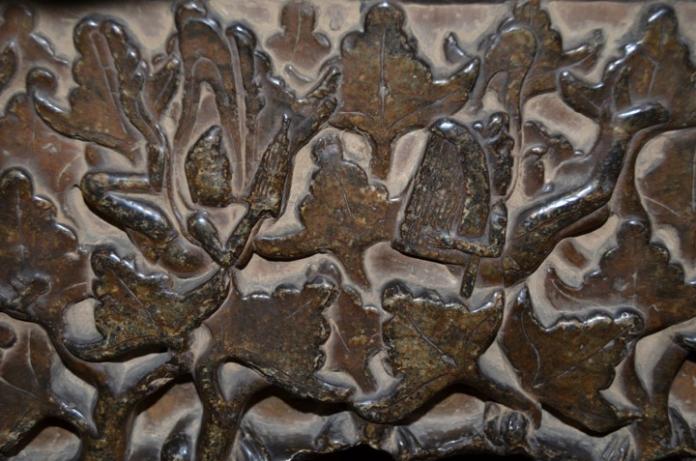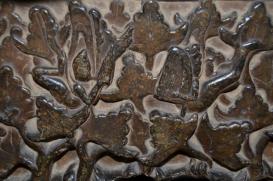Between China’s third century BCE and third century CE, scholar-officials thought of sound as a cosmic phenomenon to be measured, calculated, and used as a model for authority and political legitimacy. During this period of Chinese history, sound marked official musical theory, thought, and ritual practice. A century later, it had nearly lost its meaning as a cosmological model. How could this have happened? This project inquires into the changing approaches to sound that Han rulers used in tandem with the calendar, metrology, divination, and ritual musical performance to indicate synchronicity with the cosmos. In focus are the roles taken by foreign rule, mass migration, and religious change in altering previous concepts of sound between the Han and Sui eras. I examine the influence of new musical traditions, instruments, and ideals on musical thought, as they entered China from India and Central Asia, in conjunction with the struggle of older imperial traditions to endure under these new conditions. My sources include official histories dating up to China’s reunification in 581, Tang encyclopedic writings (leishu), in addition to the instruments themselves and informal elite writings, such as personal letters and epigraphs discussing sound and music outside the political realm.

Flying musicians from a northern Qi stele, Penn museum, photo Stephen Lang.

